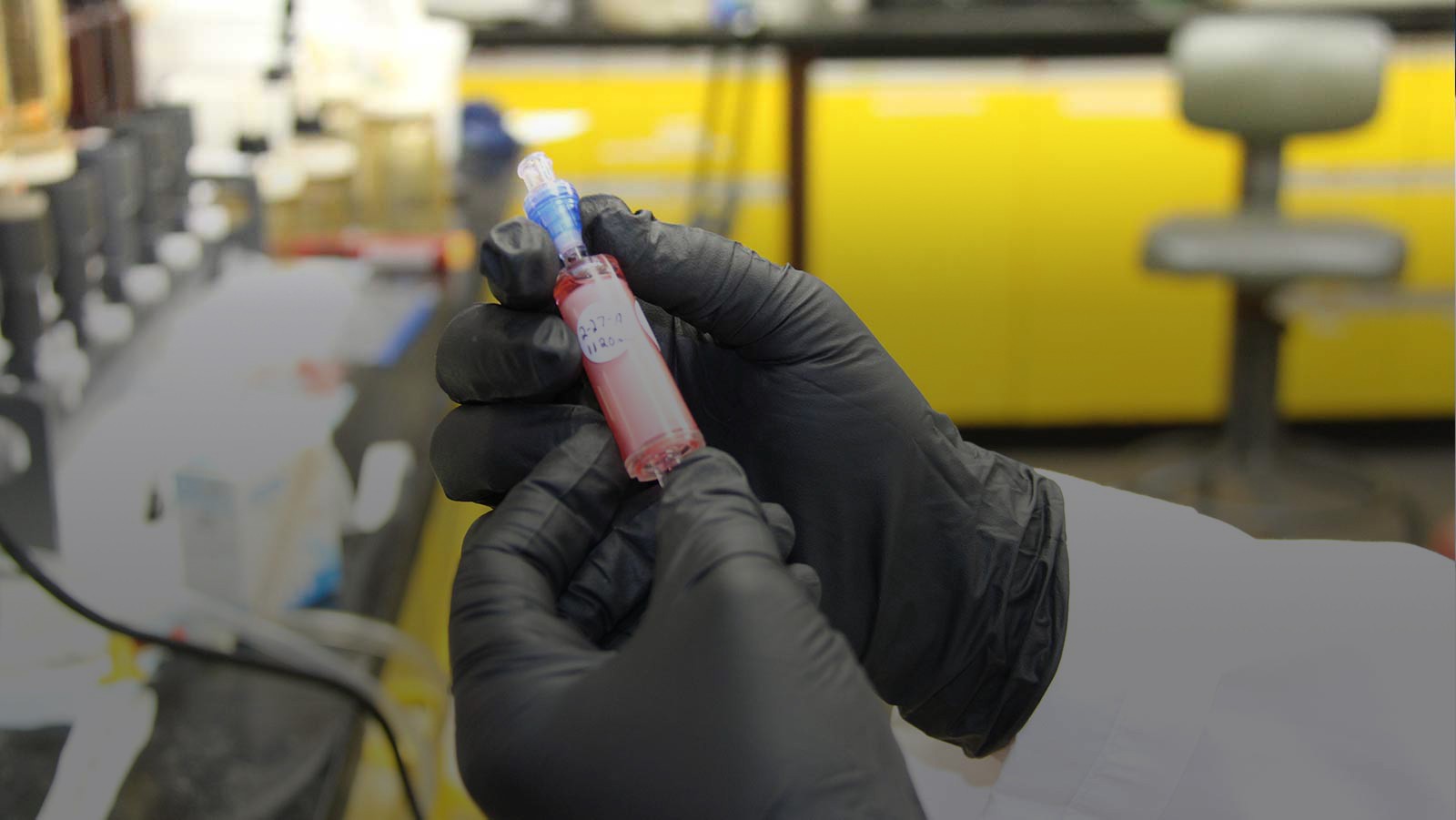In February 2020, the NOAA ‘Omics Strategy was launched. The Strategy was informed by a whitepaper that recently became available on the NOAA Institutional Repository. This document titled NOAA ‘Omics White Paper: Informing the NOAA ‘Omics Strategy and Implementation Plan, identifies NOAA’s priorities in ‘omics research, promotes integration and communication among line offices, and proposes possible solutions to implementation challenges in this quickly advancing sector of research.
‘Omics refers to a collective suite of technologies used to analyze biological molecules such as DNA, RNA, proteins, or metabolites. These technologies can be used to identify organisms, understand their behavior, and predict shifts in their population structure.
‘Omics is one of the NOAA Science and Technology Focus Areas launched in 2020. Advances made in ‘omics research have the potential to improve ecosystem assessments and forecasts, advance stewardship, and promote the Blue Economy. The ‘omics white paper provides a framework to expand the application of ‘omics technologies within NOAA.
“The vision is to integrate ‘omics across the agency, transforming our approach to biological investigation to better meet mission objectives” said Kelly Goodwin, PhD, a scientist at NOAA’s Atlantic Oceanographic and Meteorological Laboratory and lead author of the whitepaper.
NOAA ‘Omics Strategy
The ‘Omics White Paper describes priority areas for NOAA’s ‘omics research that were crafted in part through collaborative meetings and survey responses. These priority areas were further developed into the key goals and objectives outlined in the NOAA ‘Omics Strategy. These goals include: enhancing infrastructure to meet the analytical demands of ‘omics data, executing ‘omics research targeted to support and advance the American Blue Economy, accelerating transition of ‘omics research to applications, expanding partnerships to advance ‘omics research and applications across the agency, and promoting workforce proficiency in ‘omics.
“AOML is dedicated to modernizing our workforce and infrastructure to help implement the NOAA ‘Omics Strategy. For example, in the last year, AOML has supported three new postdocs working on ‘omics projects. Because ‘omics is a relatively young scientific field, supporting early career scientists is a key ingredient for overall success,” said Goodwin.
The Economic Value of ‘Omics
Marine environments are facing numerous threats including rising temperatures, acidity, nutrients, and pollutants. Economic activity directly associated with the ocean has been estimated to contribute over $300 billion to gross domestic product (GDP). ‘Omics can address many of these environmental concerns by providing an understanding of the genes and gene products that help marine organisms and ecosystems remain healthy. These approaches can be advantageous for mission critical activities due to being faster, cheaper, and less invasive than traditional methods.
NOAA recognizes effective management and protection of ocean resources requires modernized technology including investment, utilization, and implementation of ‘omics technology. With proper training and resources, NOAA can accelerate understanding of how marine ecosystems adapt to environmental change at local, regional, and global scales.
The NOAA ‘Omics White Paper, ‘Omics Strategy, and pending ‘Omics Implementation Plan are examples of NOAA’s increased efforts to advance ocean science and new technology, and achieve the agency’s priority to sustainably expand the American Blue Economy.
